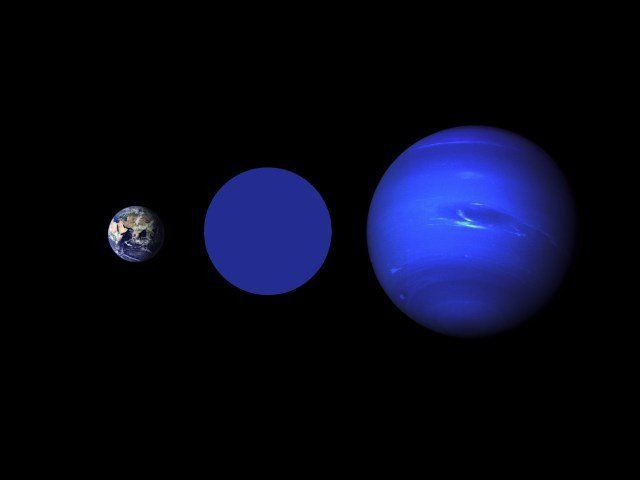Wolf 503b: Exoplanet Twice As Big As Earth Discovered 145 Light-Years Away

A new exoplanet nearly twice as big as the Earth was discovered in the constellation of Virgo, some 145 light-years away from us.
The exoplanet, named Wolf 503b, was detected when a team of researchers hailing from Canada, America, and Germany analyzed the observational data returned by Kepler Space Telescope in the month of May. It sits 10 times closer to its host star than Mercury is to sun, taking just six days to complete a single orbit, according to the preliminary findings.
"In May, when the latest release of Kepler K2 data came in, we quickly ran a program that allowed us to find as many interesting candidate exoplanets as possible,” Merrin Peterson, the University of Montreal student who led the discovery, said in a statement.
As part of the effort, Peterson and colleagues looked for occasional dips or transients in the light of different stars to find signs of an exoplanet in their orbit. The work revealed the presence of Wolf 503b, prompting the team to conduct follow-up observations from NASA’s Infrared Telescope facility and Palomar Observatory in California.
The work confirmed the body’s exoplanetary status and size, and helped the team characterize its star as an “orange dwarf” — a stellar body twice as old as the sun, but a little less luminous.
Though the newly-discovered planet is two times as big as the Earth, the conditions there won’t be suitable for life. Essentially, the temperatures prevailing on the surface would be very high owing to the extremely small orbital path of the planet.
However, according to the researchers, the size of the planet could play a crucial role in helping scientists understand the differences between in rocky super-Earths and gaseous sub-Neptunian exoplanets, which are a little smaller than Neptune or nearly four times bigger than Earth.
According to a previous study, exoplanets that are 1.5 to 2 times bigger than Earth are fewer than those in the larger and smaller categories and could be marking in the difference between rocky Super-Earth and their gaseous counterparts.
"Wolf 503b is one of the only [few] planets with a radius near the gap that has a star that is bright enough to be amenable to more detailed study that will better constrain its true nature," Björn Benneke, a member of the team, said in the statement. "It provides a key opportunity to better understand the origin of this radius gap as well as the nature of the intriguing populations of 'super-Earths' and 'sub-Neptunes' as a whole."
But that’s not it. As the orange dwarf star of the planet appears very bright in the sky due to the element of distance, the team believes studying its radial velocity could help them predict the mass of the exoplanet. Once the mass is determined, they could combine it with the planet’s radius and gain more insight into its density and composition.
This, as they said, could be done with the help of the upcoming James Webb Space Telescope. When it launches, the space-based observatory could determine chemicals in the planet’s atmosphere as well as the presence of hydrogen or water molecules, confirming if it is similar to Earth or Neptune.
"By investigating the nature of Wolf 503b, we'll understand more about the structure of planets near the radius gap and more generally about the diversity of exoplanets present in our galaxy," Peterson concluded. "I look forward to learning more about it."
© Copyright IBTimes 2025. All rights reserved.





















